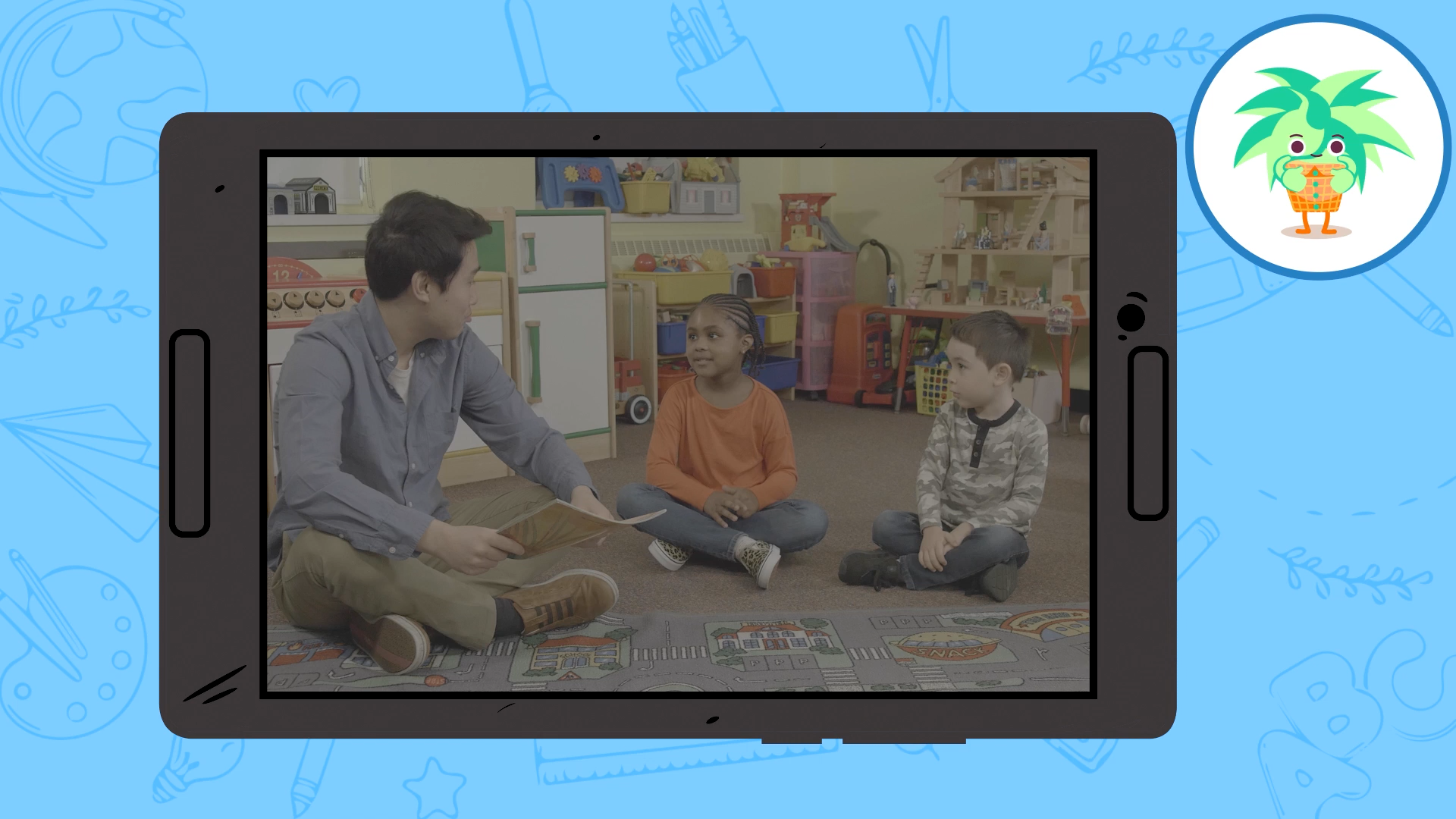
Introduction
Listening is a crucial skill for students to develop, as it directly impacts their ability to understand and retain information. In this blog post, we will discuss an easy-to-implement, no-prep activity to help students improve their listening abilities while also incorporating principles of Social-Emotional Learning. Additionally, we will provide discussion questions and related skills to further enhance students’ listening capabilities.
No-Prep Activity
The “Listening Chain” activity requires no preparation or materials from the educator. To begin, have your students sit in a circle. Choose one student to start as the “speaker” and share a short story or fact about themselves. The next student in the circle must then listen carefully and repeat what the previous student said before adding their own story or fact. This process continues around the circle until all students have had a turn. The goal is for each student to accurately repeat the information shared by their classmates, demonstrating effective listening skills.
Discussion Questions
- What strategies can you use to help you focus and listen more effectively?
- How does active listening benefit both the listener and the speaker in a conversation?
- Can you think of a time when you struggled to listen effectively? What could you have done differently?
- How do you feel when someone is genuinely listening to you? How does that impact your communication?
- What are some potential barriers to effective listening, and how can we overcome them?
Related Skills
Developing listening skills is just one aspect of fostering well-rounded students. Other related skills that contribute to effective communication and social-emotional development include:
- Empathy: Understanding and sharing the feelings of others can help students become better listeners and communicators.
- Nonverbal communication: Recognizing and interpreting body language, facial expressions, and gestures can enhance students’ understanding of spoken messages.
- Active speaking: Encouraging students to express themselves clearly and confidently can promote more engaging and productive conversations.
- Conflict resolution: Teaching students to navigate disagreements and misunderstandings through respectful communication can foster a positive learning environment.
- Self-awareness: Helping students recognize their own emotions and communication styles can lead to more effective listening and speaking habits.
Next Steps
Now that you have learned about this no-prep listening activity and related skills, it’s time to put these strategies into practice! To help you get started, we encourage you to sign up for free samples of our skill-building resources. These materials are designed to support educators in teaching students valuable social-emotional skills, leading to improved listening, communication, and overall success in the classroom.

